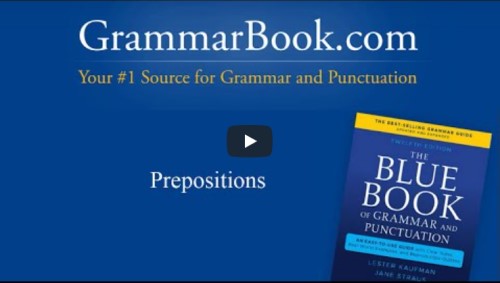|
Percentages are common in our daily communication. They express groups of numbers in ways that let us quickly interpret them and relate them to one another.
At the same time, we might wonder how we should present these figures in our writing. Do we use 10 per cent, 10 percent, or 10%? Let's review some guidelines you can apply to help you include them consistently and accurately in your content.
What Is a Percent?
The Latin phrase per centum ("by the hundred") entered English around 1560–70 to mean "one one-hundredth part," or 1/100. It later was abbreviated to per cent. (final period included).
The period was eventually dropped and the two parts merged to become the one-word form we now use, percent. The two-word form (per cent, no period) might still be used by some, but overall it is now typically rare.
What Is the Difference Between Percent and Percentage?
The Chicago Manual of Style distinguishes percent as an adverb or an adjective and percentage as the noun form.
Adverb: The teacher said that more than 80 percent of the class passed the exam. (Here, percent means "out of each hundred" expressed as a relative ratio: 80 out of each hundred of the class.)
Adjective: The mill achieved a 27 percent increase in production last quarter. (Here, 27 percent is a compound modifier of increase. Note it is not hyphenated.)
Noun: Daisy May donates a percentage of each paycheck to charity. (The term is functioning as a direct-object noun.) |
Another way to think of percent and percentage is that percent most often concerns specific amounts and percentage usually applies to general references:
| The percentage [general] of material costs for the budget is 30 percent [specific]. |
In the preceding example, 30 percent is the percentage. We will frequently see percent with a figure and percentage without one:
Material costs will be 30 percent of the budget.
A certain percentage of the budget will be for material costs. |
How Do You Write Out a Percent in a Sentence?
According to CMOS, in most nontechnical writing we would spell percent and express the amount in numerals (30 percent). In technical writing such as scientific and statistical content, the symbol (%) may be more common (30%). Note there is no space between the numeral and the symbol.
The Associated Press Stylebook currently advises using the % sign and a number with no space to express percentages in all references (e.g., 30%). The exceptions are to spell the number and percent when:
making casual references: They have zero percent chance of maintaining the budget.
starting a sentence: Thirty percent of the budget will be for material costs. |
Whether you apply CMOS or AP style can often be determined by the context you are writing in. If for example you are writing for media such as newspapers, social media, and business memos, AP style is common. If on the other hand your format is more formal, such as book publishing or academic reports, CMOS style will tend to prevail.
CMOS and AP both agree that decimals, not fractions, would be used in percentages: The interest rate is 5.5% (not 5½%). For amounts less than 1%, we would precede the decimal with a zero: The start-up restaurant is operating with only a 0.9% profit margin.
Ranges of percentages can be expressed in a few different ways:
20% to 30%
20%–30%
between 20% and 30% |
Verb Agreement with Percentages
When we are writing percent and percentage, verb agreement will often be influenced by modifying phrases. Consider the following:
30% of the budget is for material costs.
30% of the budgets are for material costs. |
In these cases, the object of the modifying phrase shapes our perception of a plural or singular scope.
If the percentage amount is standing alone, it would take a singular verb:
| The chief financial officer said that 30% is for material costs. |
When we are making general references with the word percentage, it too will often be guided by modifying phrases:
A large percentage of the budget is for material costs.
A large percentage of the budgets are for material costs. |
If percentage is standing alone, it would take a singular verb:
| A large percentage is for material costs. |
Do You Say Percentage Points or Percent?
As precise writers, we will take care not to confuse percent with percentage point. A percentage point is the mathematical difference between two percentages: e.g., the difference between 25% and 30% is five percentage points.
At the same time, the change from 25% to 30% is a 20% increase (the five percentage points are 20% of 25%).
In addition to writing precisely, understanding the difference between percentage points and percent can make you a savvier thinker. For example, an online course might claim to raise your prospects of getting hired in a certain industry by 80%.
But what if the actual likelihood of getting hired in the highly competitive profession is just 5%? An 80% increase in possibility would raise 5% to 9% (four percentage points). That would certainly be an increase, but not one as notable as 80% might make it sound.
Related Topics
Subject and Verb Agreement with Collective Nouns
Hyphenation with Numbers and Units of Measure
| 




